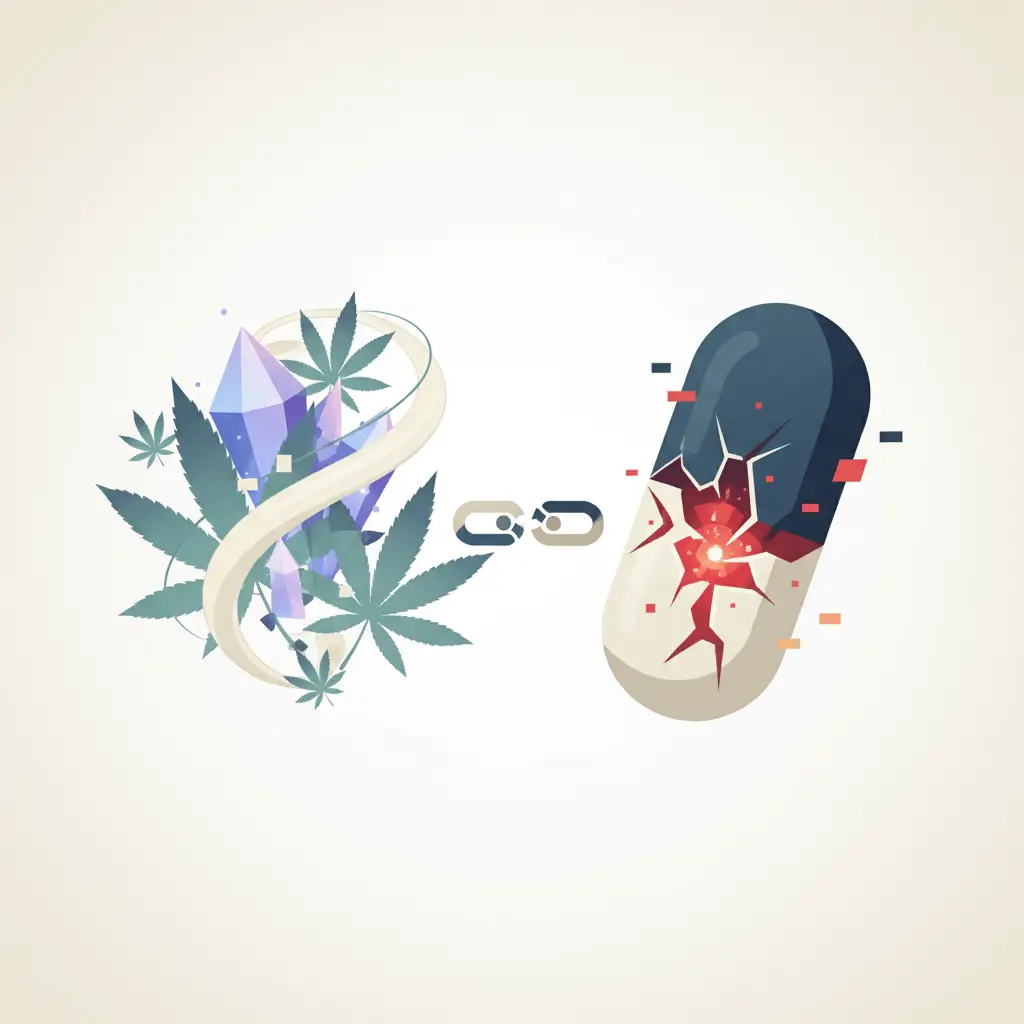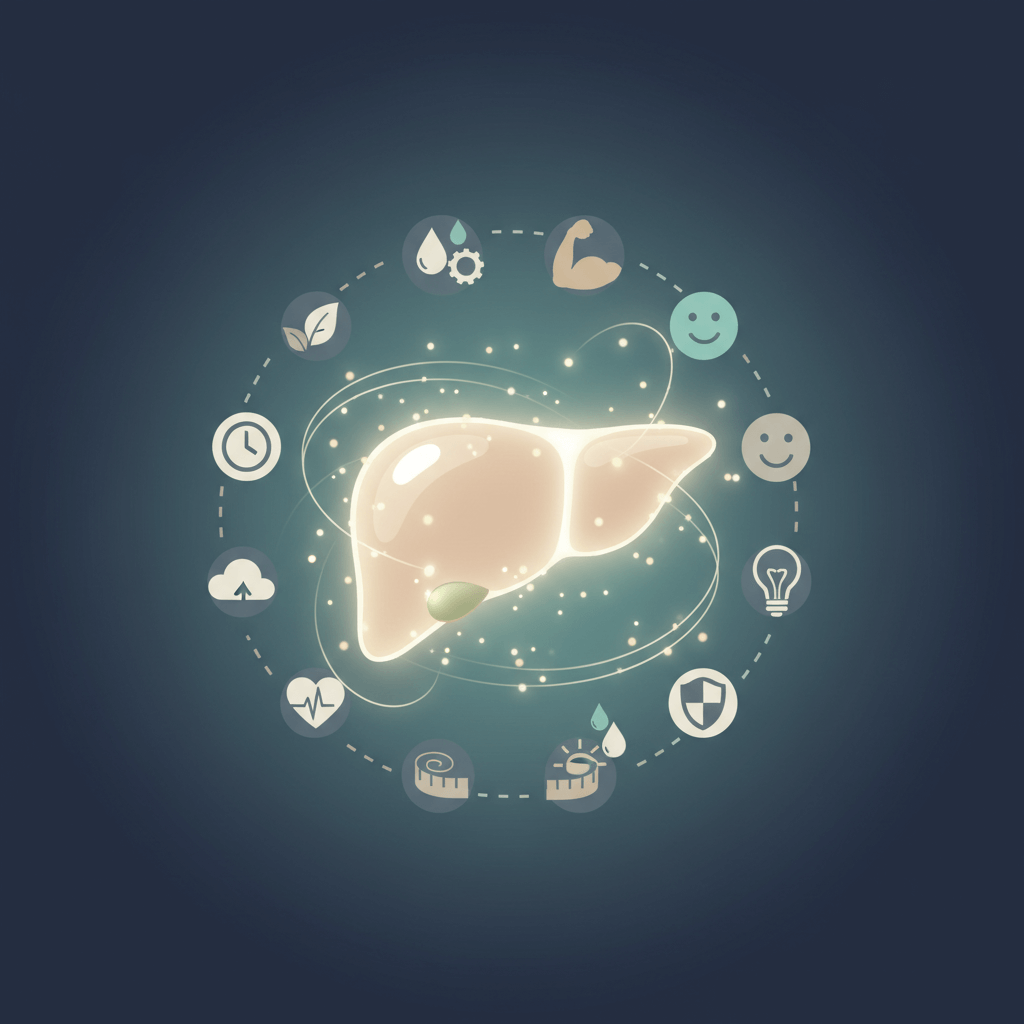Understanding PTSD and Anxiety
In order to differentiate between post-traumatic stress disorder (PTSD) and anxiety, it is essential to have a clear understanding of each condition. While they may share some similarities, PTSD and anxiety are distinct mental health disorders with unique characteristics.

What is PTSD?
PTSD is a psychiatric disorder that can develop in individuals who have experienced or witnessed a traumatic event. This could include events such as physical or sexual assault, natural disasters, military combat, or serious accidents. PTSD is characterized by intrusive and distressing symptoms that persist for an extended period of time after the traumatic event has occurred.
Individuals with PTSD often experience symptoms such as vivid flashbacks, nightmares, and intrusive thoughts related to the traumatic event. They may also exhibit avoidance behaviors, have difficulty sleeping, and experience heightened levels of anxiety and hypervigilance.
What is Anxiety?
Anxiety, on the other hand, is a general term used to describe a range of disorders that involve excessive and persistent worry or fear. Unlike PTSD, anxiety disorders are not exclusively linked to a specific traumatic event. Anxiety disorders can manifest in various forms, including generalized anxiety disorder (GAD), panic disorder, social anxiety disorder, and specific phobias.
Anxiety disorders are characterized by excessive and uncontrollable worry, restlessness, irritability, and physical symptoms such as rapid heart rate, trembling, and shortness of breath. These symptoms can significantly impact an individual's daily functioning and quality of life.
How Do They Differ?
While both PTSD and anxiety involve feelings of fear and distress, the key difference lies in the cause and duration of the symptoms. PTSD is directly linked to a traumatic event and is often associated with specific triggers that can elicit vivid flashbacks and intense emotional responses. These triggers can be external stimuli or internal thoughts that remind the person of the traumatic event.
Anxiety disorders, on the other hand, may not have a specific triggering event and can be more generalized in nature. The worry and fear experienced by individuals with anxiety disorders may not be directly tied to a specific traumatic event but can be more pervasive and persistent across different areas of their lives.
It is important to note that individuals can experience both PTSD and anxiety simultaneously, as there can be overlapping symptoms and risk factors. Seeking professional help is crucial to accurately diagnose and treat these conditions. In the following sections, we will explore the symptoms, causes, and treatments for PTSD and anxiety to further clarify the distinctions between these two mental health disorders.
Symptoms and Triggers
Understanding the symptoms and triggers of PTSD and anxiety is essential in differentiating between the two conditions. While some symptoms may overlap, there are distinct differences that can help in identifying whether an individual is experiencing PTSD or anxiety.
Common Symptoms of PTSD
Post-Traumatic Stress Disorder (PTSD) encompasses a range of symptoms that occur after experiencing or witnessing a traumatic event. Some common symptoms of PTSD include:
- Intrusive Memories: Individuals with PTSD may experience distressing and intrusive memories of the traumatic event. These memories can manifest as flashbacks or nightmares.
- Avoidance: Avoidance is a common coping mechanism in PTSD. People with PTSD may avoid reminders or situations that trigger memories of the traumatic event.
- Negative Mood and Thoughts: Individuals with PTSD may experience persistent negative emotions, such as guilt, shame, anger, or fear. They may also have negative thoughts about themselves, others, or the world.
- Hyperarousal: Hyperarousal refers to an ongoing state of heightened alertness and reactivity. This can lead to difficulties sleeping, irritability, and being easily startled.
- Changes in Thinking and Mood: PTSD can also cause cognitive and emotional changes, such as difficulty concentrating, memory problems, negative self-perception, and loss of interest in previously enjoyed activities.
Common Symptoms of Anxiety
Anxiety disorders, on the other hand, are characterized by excessive and persistent worry or fear that is disproportionate to the situation. Some common symptoms of anxiety include:
- Excessive Worry: Individuals with anxiety disorders often experience overwhelming worry and fear about everyday situations. This worry is often difficult to control and can interfere with daily activities.
- Physical Symptoms: Anxiety can manifest as physical symptoms such as restlessness, muscle tension, racing heart, shortness of breath, sweating, and gastrointestinal discomfort.
- Avoidance: Similar to PTSD, avoidance is also a common feature of anxiety disorders. People with anxiety may avoid situations or places that they perceive as triggering their anxiety.
- Irrational Fears: Anxiety disorders can also cause specific phobias or irrational fears, such as fear of heights, animals, or social situations.
- Panic Attacks: Panic attacks are intense episodes of fear or discomfort that can be accompanied by physical symptoms such as chest pain, dizziness, trembling, and a feeling of losing control.
Recognizing the Differences
While there may be some overlap in symptoms, certain features can help in distinguishing between PTSD and anxiety. PTSD is often triggered by a specific traumatic event, whereas anxiety disorders can arise without a specific cause or as a result of ongoing stress. Additionally, the symptoms of PTSD are typically related to the traumatic event, whereas anxiety symptoms may be more generalized.
It is important to note that only a healthcare professional can provide an accurate diagnosis. If you are experiencing symptoms of PTSD or anxiety, it is recommended to consult a healthcare provider for a proper evaluation. Understanding the differences between PTSD and anxiety can assist in seeking appropriate treatment and support.
Causes and Risk Factors
Understanding the causes and risk factors associated with PTSD and anxiety can provide valuable insights into these conditions. While there are distinct factors that contribute to each, there are also overlapping factors that can increase the risk of both conditions.
Causes of PTSD
PTSD, or post-traumatic stress disorder, typically develops in response to a traumatic event. Trauma can stem from experiences such as combat, natural disasters, accidents, or physical or sexual assault. The event may cause intense fear, helplessness, or horror, leading to the development of PTSD symptoms.
It's important to note that not everyone who experiences a traumatic event will develop PTSD. The risk of developing PTSD can be influenced by several factors, including:
- The severity and duration of the trauma
- Personal susceptibility to stress
- The presence of pre-existing mental health conditions
- A history of childhood trauma or adverse experiences
- Lack of social support
Causes of Anxiety
Anxiety, on the other hand, can arise from a variety of factors. While it may be triggered by specific events or situations, anxiety disorders are often characterized by excessive and persistent worry or fear that is disproportionate to the actual threat. Some common causes and risk factors associated with anxiety include:
- Genetic factors and family history of anxiety disorders
- Imbalances in brain chemistry, particularly involving neurotransmitters like serotonin and dopamine
- Environmental factors, such as a history of trauma, chronic stress, or major life changes
- Medical conditions, including certain chronic illnesses or hormonal imbalances
- Substance abuse or withdrawal from certain substances
Overlapping Factors
While PTSD and anxiety have distinct causes, there are also overlapping factors that can contribute to the development of both conditions. For example, individuals with a history of anxiety disorders may be more susceptible to developing PTSD after experiencing a traumatic event. Similarly, individuals with PTSD may experience heightened anxiety as a result of their trauma.
It's also worth noting that individuals with PTSD may develop anxiety disorders as a result of the impact that their traumatic experiences have on their daily lives. The chronic stress and hypervigilance associated with PTSD can contribute to the development of anxiety symptoms.
Understanding the causes and risk factors associated with PTSD and anxiety can help individuals and healthcare providers identify and address these conditions more effectively. If you're experiencing symptoms of anxiety, it's important to seek professional help for an accurate diagnosis and appropriate treatment.
Diagnosis and Treatment
When it comes to the diagnosis and treatment of PTSD and anxiety, it is essential to understand the specific approaches for each condition. Proper diagnosis is crucial in order to provide appropriate treatment and support. In this section, we will explore the diagnostic process for both PTSD and anxiety, as well as the various treatment approaches.
Diagnosing PTSD
Diagnosing PTSD involves a comprehensive evaluation by a healthcare professional, such as a psychiatrist or psychologist. The diagnostic criteria for PTSD are outlined in the Diagnostic and Statistical Manual of Mental Disorders (DSM-5). The criteria include experiencing a traumatic event, persistent re-experiencing of the event, avoidance of triggers, negative changes in mood and cognition, and increased arousal and reactivity.
To make a diagnosis, the healthcare provider will conduct a thorough assessment, which may include a review of the patient's medical history, a discussion of symptoms, and possibly the use of standardized psychological tests. It is important for individuals to be open and honest with their healthcare provider in order to receive an accurate diagnosis.
Diagnosing Anxiety
The diagnosis of anxiety disorders also involves a comprehensive evaluation by a healthcare professional. Like PTSD, the diagnostic criteria for anxiety disorders are outlined in the DSM-5. Symptoms of anxiety disorders may include excessive worry, restlessness, irritability, sleep disturbances, and difficulty concentrating.
During the diagnostic process, the healthcare provider will assess the individual's symptoms, medical history, and any potential underlying causes. They may also use standardized psychological tests to aid in the diagnosis. It is essential to discuss all symptoms and concerns with the healthcare provider to ensure an accurate diagnosis.
Treatment Approaches
The treatment approaches for PTSD and anxiety can vary, but both conditions often benefit from a combination of therapy and, in some cases, medication.
For individuals with PTSD, therapy options may include cognitive-behavioral therapy (CBT), eye movement desensitization and reprocessing (EMDR), and group therapy. These therapeutic approaches aim to help individuals process and cope with traumatic experiences, manage symptoms, and develop healthier coping mechanisms.
In the case of anxiety disorders, therapy options may include CBT, exposure therapy, and relaxation techniques. These therapies focus on identifying and challenging negative thought patterns, gradually exposing individuals to anxiety-inducing situations, and teaching relaxation and stress management techniques.
In some instances, medication may be prescribed to help manage symptoms associated with PTSD or anxiety. Medications such as selective serotonin reuptake inhibitors (SSRIs) or benzodiazepines may be used under the guidance of a healthcare professional.
It is important to note that seeking professional help is crucial for an accurate diagnosis and appropriate treatment. If you are experiencing symptoms of PTSD or anxiety, it is advisable to consult a healthcare provider who can provide the necessary support and guidance. Remember, finding the right support and treatment approach can make a significant difference in managing these conditions effectively. For more information on symptoms of anxiety, refer to our article on symptoms of anxiety.
Seeking Professional Help
If you suspect that you may be experiencing symptoms of either PTSD or anxiety, it is important to seek professional help for an accurate diagnosis and appropriate treatment. Consulting a healthcare provider is crucial in understanding your condition and receiving the necessary support. Here are some key considerations when seeking professional help.
When to Consult a Healthcare Provider
If you are experiencing persistent and distressing symptoms that significantly impact your daily life, it may be time to consult a healthcare provider. While it is common to experience occasional stress or anxiety, seeking professional help is important when these symptoms become chronic, intense, or interfere with your ability to function.
If you notice symptoms such as intrusive thoughts, flashbacks, panic attacks, avoidance behaviors, or excessive worry, it is advisable to reach out to a healthcare professional. They can evaluate your symptoms, take a detailed history, and provide an accurate diagnosis.
Importance of Accurate Diagnosis
Accurate diagnosis is crucial when distinguishing between PTSD and anxiety. While there may be overlapping symptoms, a precise diagnosis is essential for developing an effective treatment plan. A healthcare provider, such as a psychiatrist or psychologist, will conduct a thorough evaluation to assess your symptoms, medical history, and any potential traumatic experiences.
During the diagnostic process, it is important to openly discuss your symptoms and experiences with the healthcare provider. They may use criteria from the Diagnostic and Statistical Manual of Mental Disorders (DSM-5) to make a diagnosis. This accurate diagnosis will guide the appropriate treatment approach tailored to your specific needs.
Finding the Right Support
Once you have received an accurate diagnosis, finding the right support is crucial for managing PTSD or anxiety. Treatment options can include therapy, medication, or a combination of both. Your healthcare provider will work with you to determine the most suitable treatment plan based on the severity and nature of your symptoms.
Therapy options such as cognitive-behavioral therapy (CBT), exposure therapy, or eye movement desensitization and reprocessing (EMDR) can be effective for both PTSD and anxiety. Medications, such as selective serotonin reuptake inhibitors (SSRIs) or benzodiazepines, may also be prescribed based on your specific needs.
Support groups and community resources can also play a valuable role in your journey towards recovery. Connecting with others who have similar experiences can provide a sense of understanding and validation. Additionally, lifestyle changes, such as practicing relaxation techniques, maintaining a healthy lifestyle, and seeking social support, can complement professional treatment.
Remember, everyone's journey is unique, and what works for one person may not work for another. It may take time to find the right combination of treatments and support that works best for you. Be patient with yourself and reach out for help when needed.
Sources
Is it Anxiety or PTSD? | Liz Miller Counseling - Moscow ID
Acute Stress Disorder vs. PTSD vs. Anxiety
Generalized Anxiety Disorder vs. Post-Traumatic Stress Disorder













